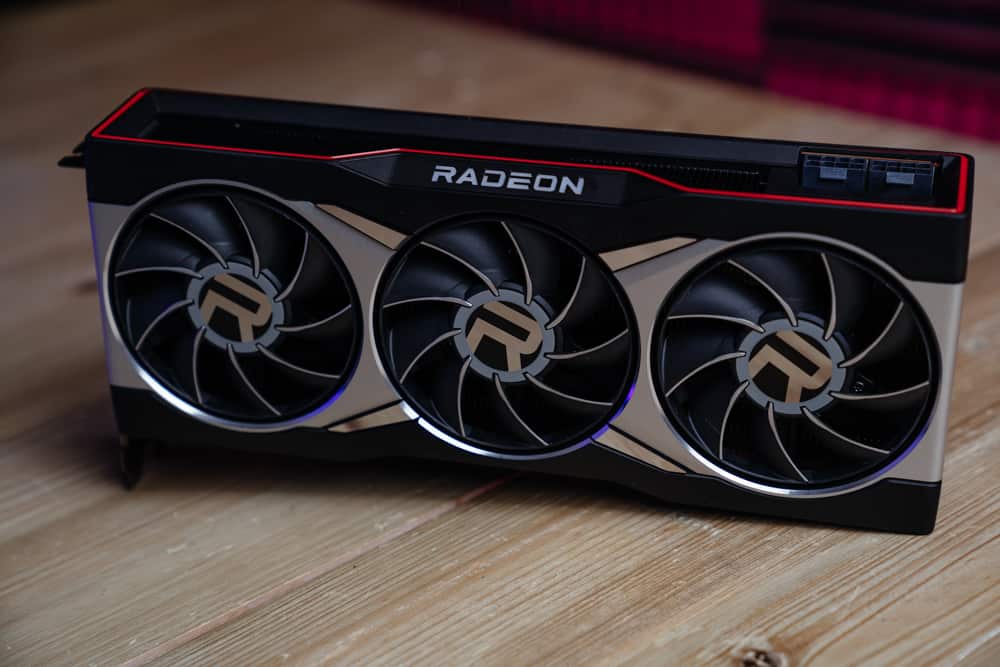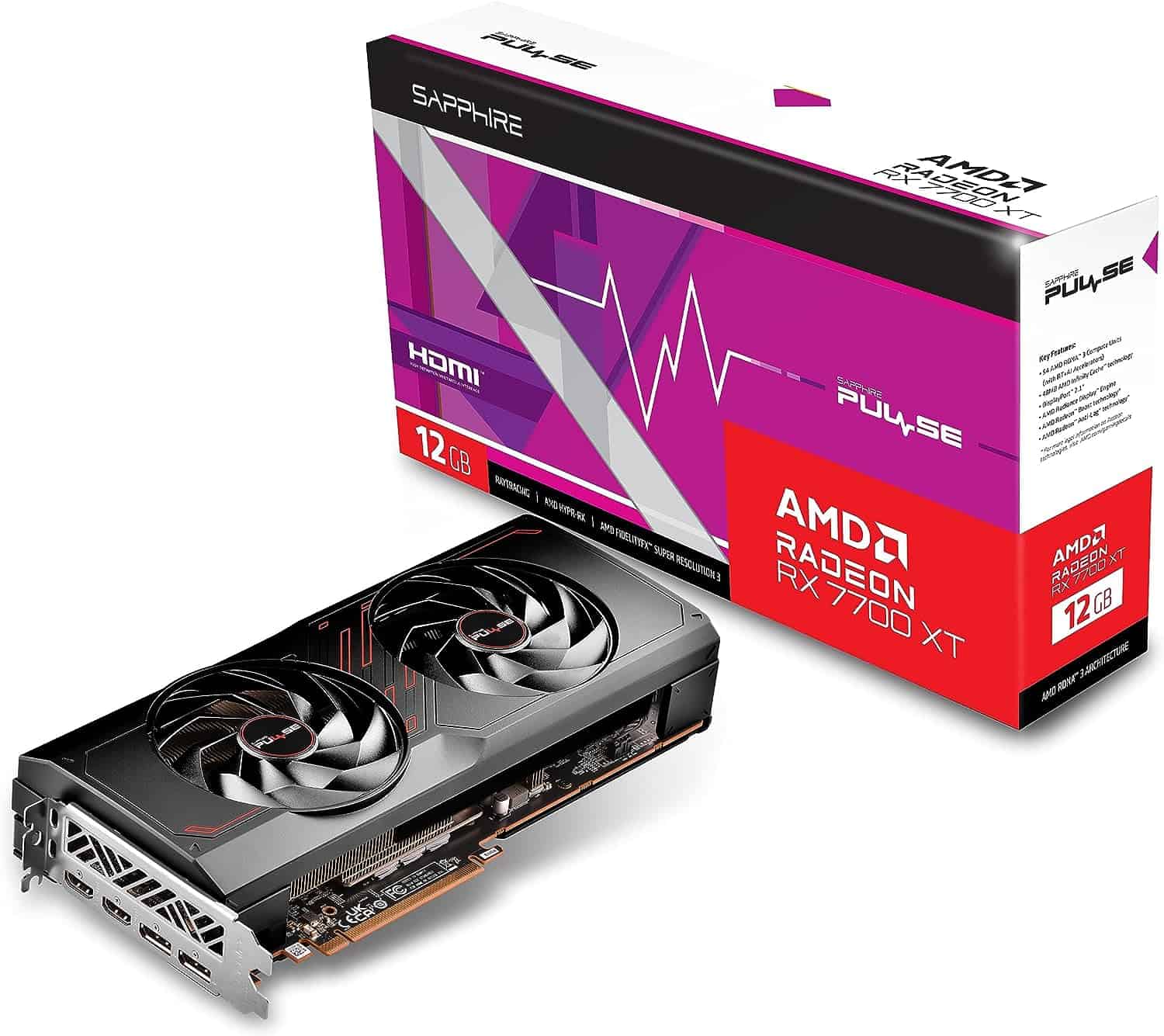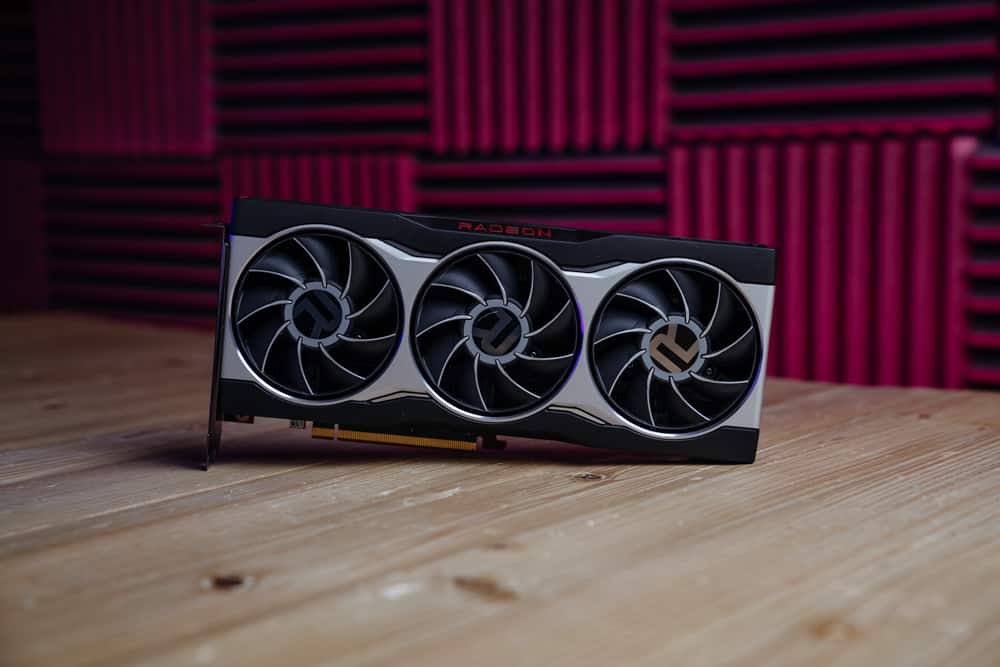RX 7700 XT vs RX 6800 XT – which one is better?

Table of Contents
In the RX 7700 XT vs. RX 6800 XT showdown, AMD's latest release, the RX 7700 XT, steps into the spotlight as a promising contender in the RX 7000-series. This GPU is engineered for optimal 1440p gaming, boasting a compelling price-to-performance ratio. It introduces advanced features like FSR and Hyper-RX, raising the bar in gaming graphics technology. But does it truly outshine its predecessor, the RX 6800 XT?
The RX 6800 XT, which debuted in late 2020, quickly carved out its niche as a mid-range powerhouse. It excelled in 1440p and 4K gaming, earning acclaim for its robust performance coupled with budget-friendly pricing. Now, with the RX 7700 XT entering the fray, gamers and tech enthusiasts alike are eager to see if the new model surpasses the established RX 6800 XT.
Prime Day is finally here! Find all the biggest tech and PC deals below.
- Sapphire 11348-03-20G Pulse AMD Radeon™ RX 9070 XT Was $779 Now $739
- AMD Ryzen 7 7800X3D 8-Core, 16-Thread Desktop Processor Was $449 Now $341
- ASUS RTX™ 5060 OC Edition Graphics Card Was $379 Now $339
- LG 77-Inch Class OLED evo AI 4K C5 Series Smart TV Was $3,696 Now $2,796
- Intel® Core™ i7-14700K New Gaming Desktop Was $320.99 Now $274
- Lexar 2TB NM1090 w/HeatSink SSD PCIe Gen5x4 NVMe M.2 Was $281.97 Now $214.98
- Apple Watch Series 10 GPS + Cellular 42mm case Smartwatch Was $499.99 Now $379.99
- ASUS ROG Strix G16 (2025) 16" FHD, RTX 5060 gaming laptop Was $1,499.99 Now $1,274.99
- Apple iPad mini (A17 Pro): Apple Intelligence Was $499.99 Now $379.99
*Prices and savings subject to change. Click through to get the current prices.
In this article, we will compare the two GPUs side by side and see which one is better for your build.
RX 7700 XT vs. RX 6800 XT: Specs comparison
| Specifications | RX 7700 XT | RX 6800 XT |
|---|---|---|
| Architecture | RDNA 3.0 | RDNA 2.0 |
| Processor size | 5 nm | 7 nm |
| Transistors | 28,100 million | 26,800 million |
| TMUs | 216 | 288 |
| GPU base clock | 1,700 MHz | 1,825 MHz |
| GPU game clock | 2,171 MHz | 2,015 MHz |
| GPU boost clock | 2,544 MHz | 2,250 MHz |
| RT cores | 54 | 72 |
| Memory frequency | 2,250 MHz | 2,000 MHz |
| Effective memory speed | 18 Gbps | 16 Gbps |
| Memory size | 12 GB | 16 GB |
| Memory bus | 192 bit | 256 bit |
| Memory bandwidth | 432.0 GB/s | 512.0 GB/s |
| TDP | 245 W | 300 W |
| Suggested PSU | 700W ATX Power Supply | 700W ATX Power Supply |
| ROPs | 96 | 128 |
| Cores (compute units, SM, SMX) | 54 | 72 |
| Shading units | 3,456 | 4,608 |
The 7700 XT's Navi 32 architecture, labeled RDNA 3.0, signifies a technological leap beyond the 6800 XT's RDNA 2.0. This could translate to improved performance and efficiency, making the 7700 XT an enticing option for those seeking cutting-edge graphics capabilities.
The RX 7700 XT wields 12GB of GDDR6 on a 192-bit bus, while the RX 6800 XT packs a heftier 16GB on a 256-bit bus. This could steer buyers toward the 6800 XT for memory-intensive tasks like video editing or 3D rendering. On the flip side, the 7700 XT’s 18 Gbps effective memory speed may offer snappier performance in certain gaming scenarios.
In terms of sheer visual connectivity, both cards mirror each other with 1 HDMI, 2 DisplayPort, and 1 USB Type-C output. However, the RX 7700 XT, with its 5nm lithography and 28.1 billion transistors, takes a step forward from the 6800 XT’s 7nm lithography and 26.8 billion transistors.
The finer lithography suggests enhanced power efficiency and potentially cooler operation, which may influence users looking for a balance between performance and energy consumption.
In conclusion, while the RX 7700 XT promises a generational leap and efficiency gains, the RX 6800 XT’s larger memory capacity might appeal to content creators and professionals handling memory-intensive applications. The decision hinges on the buyer’s priorities, whether it’s bleeding-edge technology or memory-intensive tasks.
RX 7700 XT vs. RX 6800 XT: Performance


When comparing the RX 7700 XT vs. RX 6800 XT, the RX 7700 XT stands out with its advanced RDNA 3.0 architecture and 5nm lithography. This advancement in technology provides a significant boost in raw performance. Gamers who value high refresh rates and top-tier graphics will find the RX 7700 XT to be an ideal choice. Its ability to deliver high average FPS and seamless AI acceleration is particularly notable in the latest gaming titles.
In our RX 7700 XT review, we found out that the card was capable of delivering excellent framerates at 1440p. In fact, the GPU gave us 79 FPS at 1440p for Cyberpunk 2077 at Ultra settings without DLSS. Further, if we take a look at the 4K performance, we managed to get 36 FPS for the same game. These numbers were a bit better for Doom Eternal and Fary Cry 6.
The RX 6800 XT, however, holds its ground with a substantial 16GB memory, making it a preferred choice for content creators. This XT GPU is particularly adept at handling demanding tasks such as video editing and 3D rendering, where the larger memory size plays a crucial role. Additionally, its power consumption efficiency and airflow design, enhanced by innovative fan blades, make it suitable for intensive creative processes.
Meanwhile, in our RX 6800 XT review, we saw that the card delivered great FPS for 1080p and 1440p. For example, the 129 FPS at 1080p and 81 FPS at 1440p for Cyberpunk 2077 without DLSS. However, the card stuttered a bit when we switched to 4K.
Both cards have their unique strengths. The RX 7700 XT shines in gaming environments, especially when paired with a high-performance CPU and monitor capable of showcasing its ray tracing and DLSS capabilities. Its efficient PCB design ensures optimal performance without excessive power draw.
The RX 6800 XT, on the other hand, appeals to users who require a reliable XT graphics card for content creation. Its larger memory buffer and effective cooling system, thanks to well-designed fans and airflow make it a solid choice for long hours of rendering or editing.
RX 7700 XT vs. RX 6800 XT: Pricing
At $400, the RX 7700 XT offers a compelling performance-to-price ratio, making it an attractive option for budget-conscious gamers. Meanwhile, the RX 6800 XT, priced slightly lower at $330, commands a premium for its larger memory capacity and established RDNA 2.0 architecture.
The decision narrows down to budget constraints and specific usage needs, where the RX 7700 XT shines as a cost-effective gaming powerhouse.
Frequently Asked Questions
Is 6800XT better than 7700XT?
The right card for your PC depends on what you're trying to achieve. Both cards deliver almost the same performance for 1440p and 4K. However, if you want a newer technology and better DLSS, then you should go with the 7700 XT.
Is 7700 XT good for 1440p?
AMD says the RX 7700 XT targets 1440p gaming, so that’s where we’ll start. It does have 12GB of memory and a 192-bit interface, but it’s also going to be less capable than the 7800 XT, so there will be games where 1440p and maxed-out settings prove a bit too much, particularly in ray tracing games.
Conclusion
In conclusion, the RX 7700 XT and RX 6800 XT present distinct choices for consumers. The 7700 XT, with its advanced RDNA 3.0 architecture and compelling $439 price tag, excels for gamers seeking impressive performance without breaking the bank.
On the other hand, the RX 6800 XT, at $481, caters to professionals and content creators with its larger memory capacity. Choosing between them boils down to individual priorities, whether it’s top-notch gaming at an affordable price or robust performance for memory-intensive tasks.


